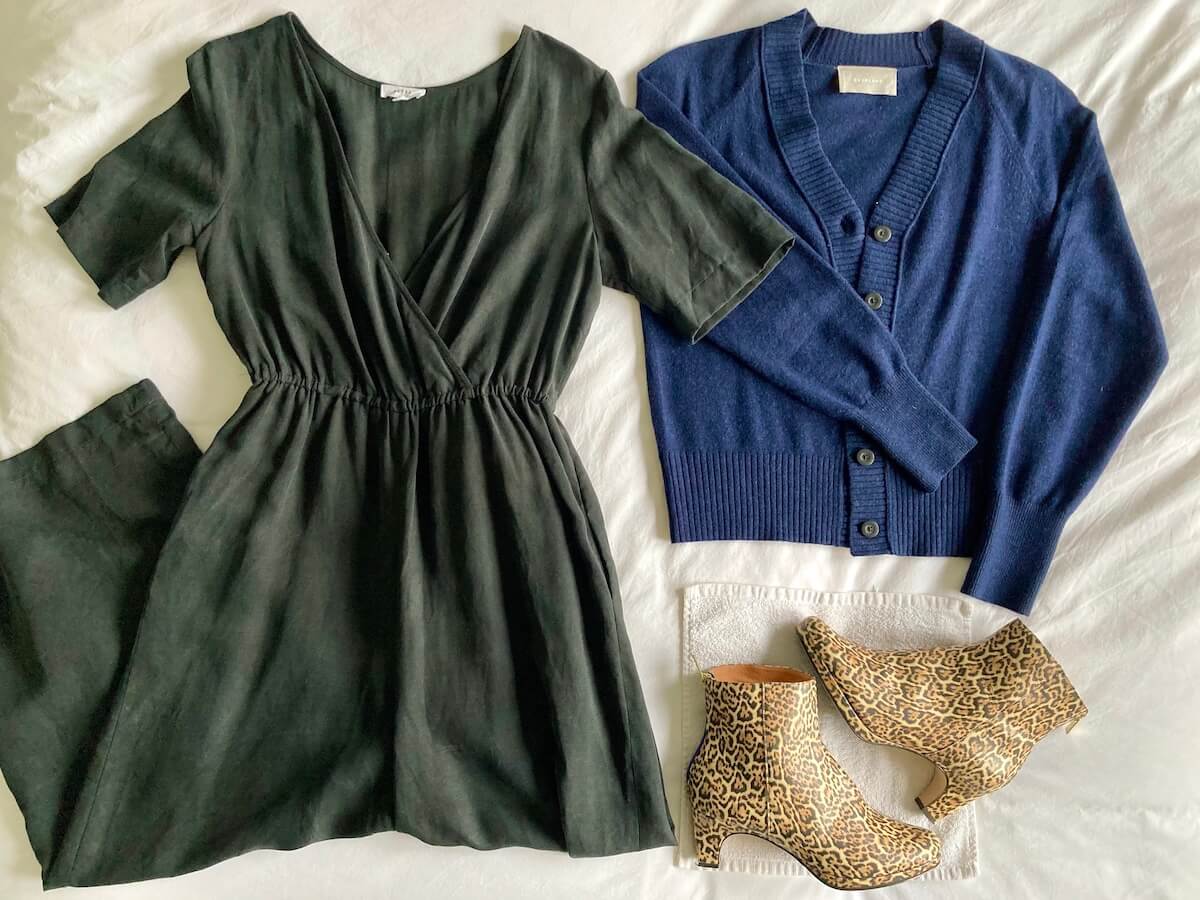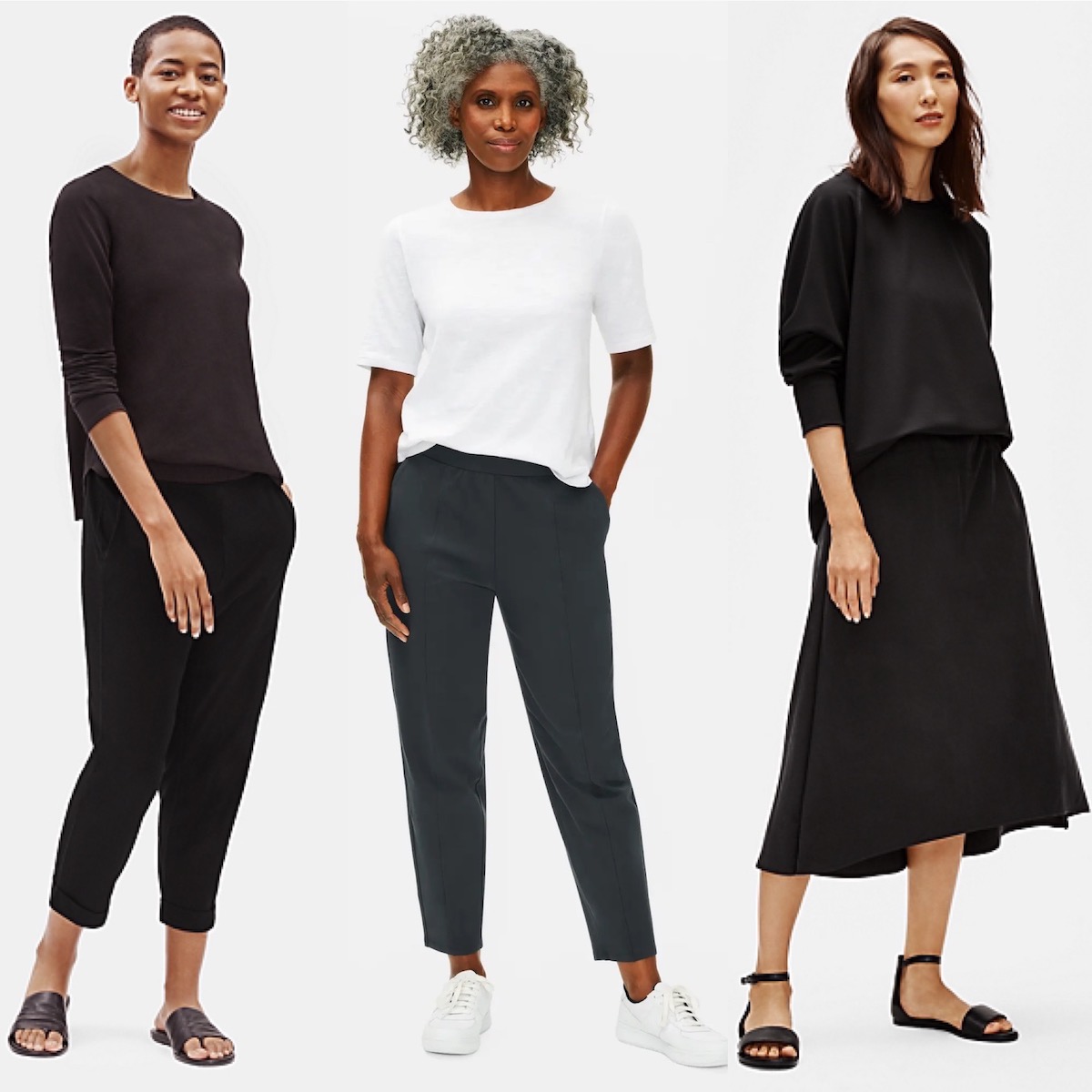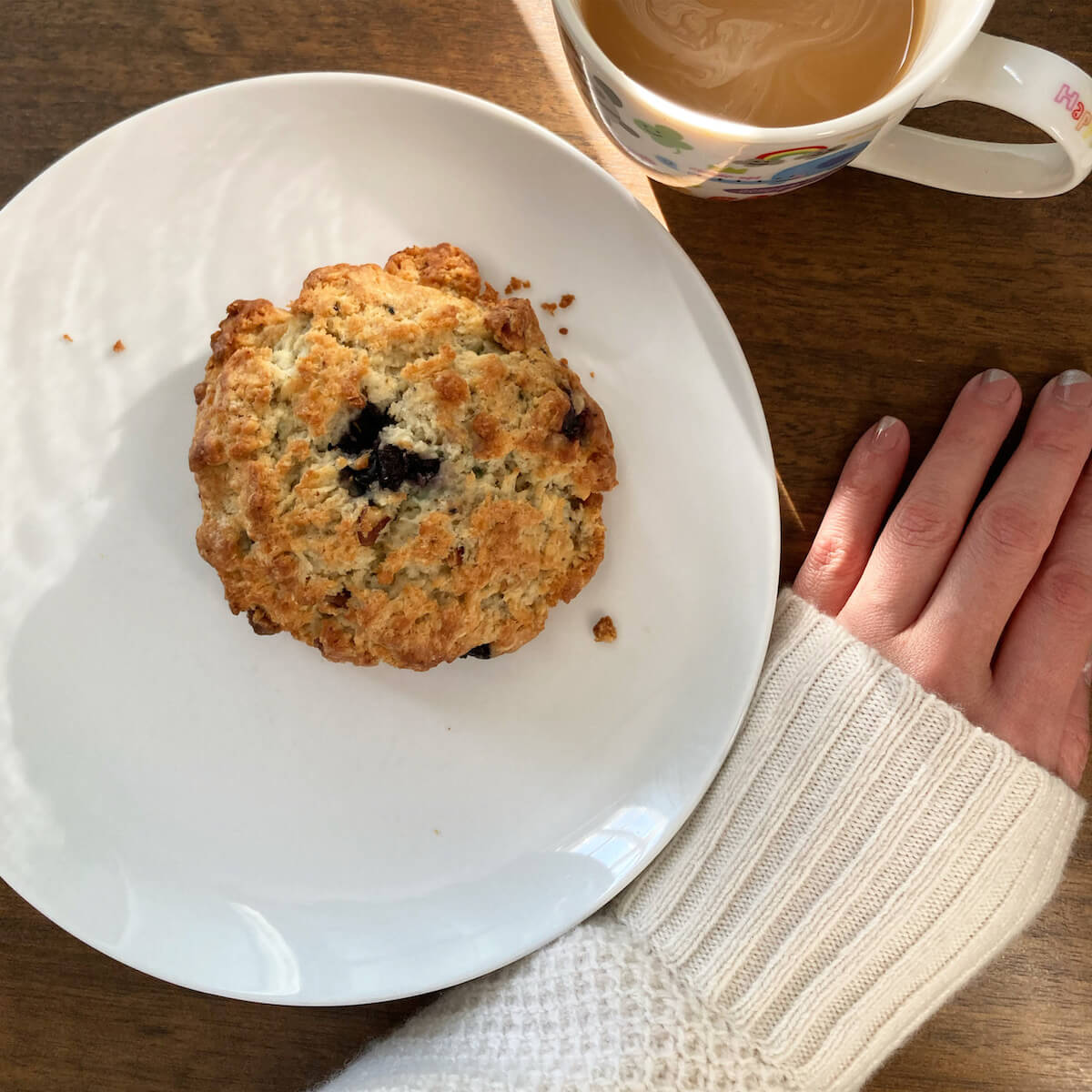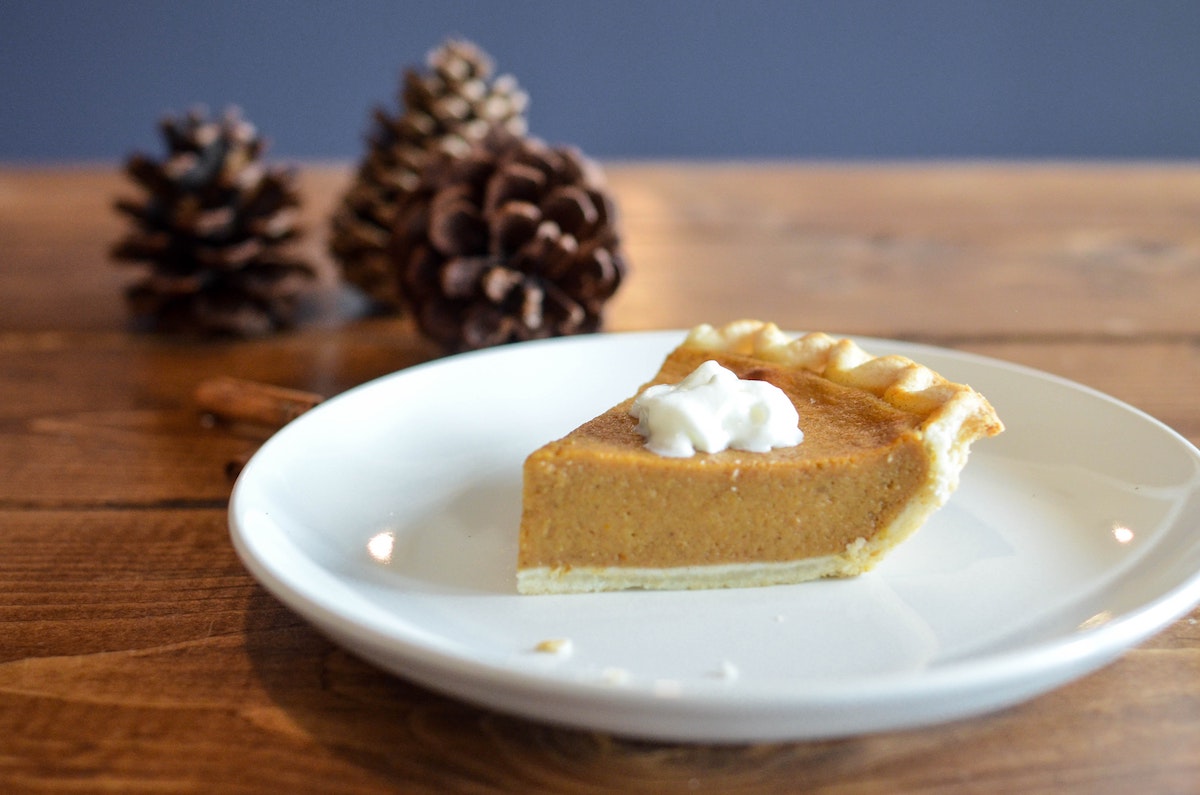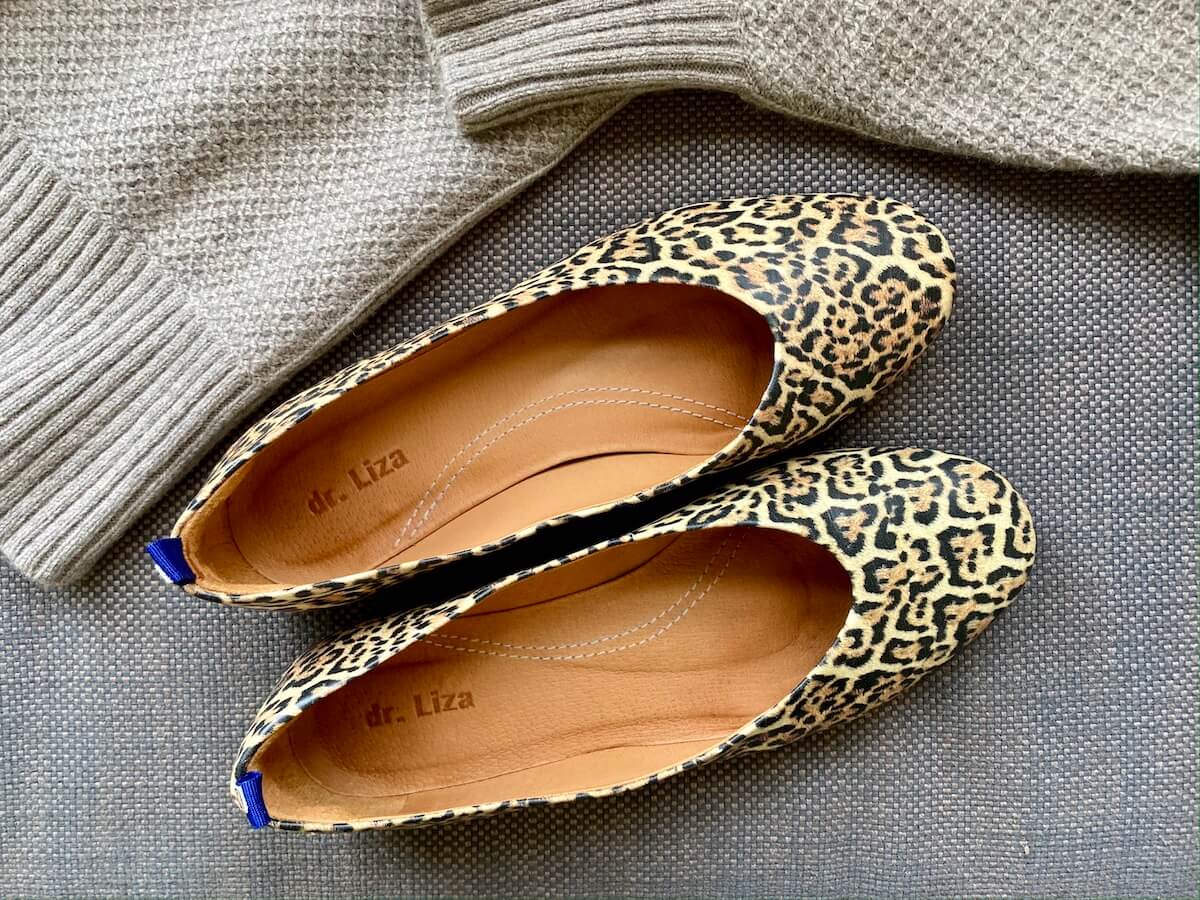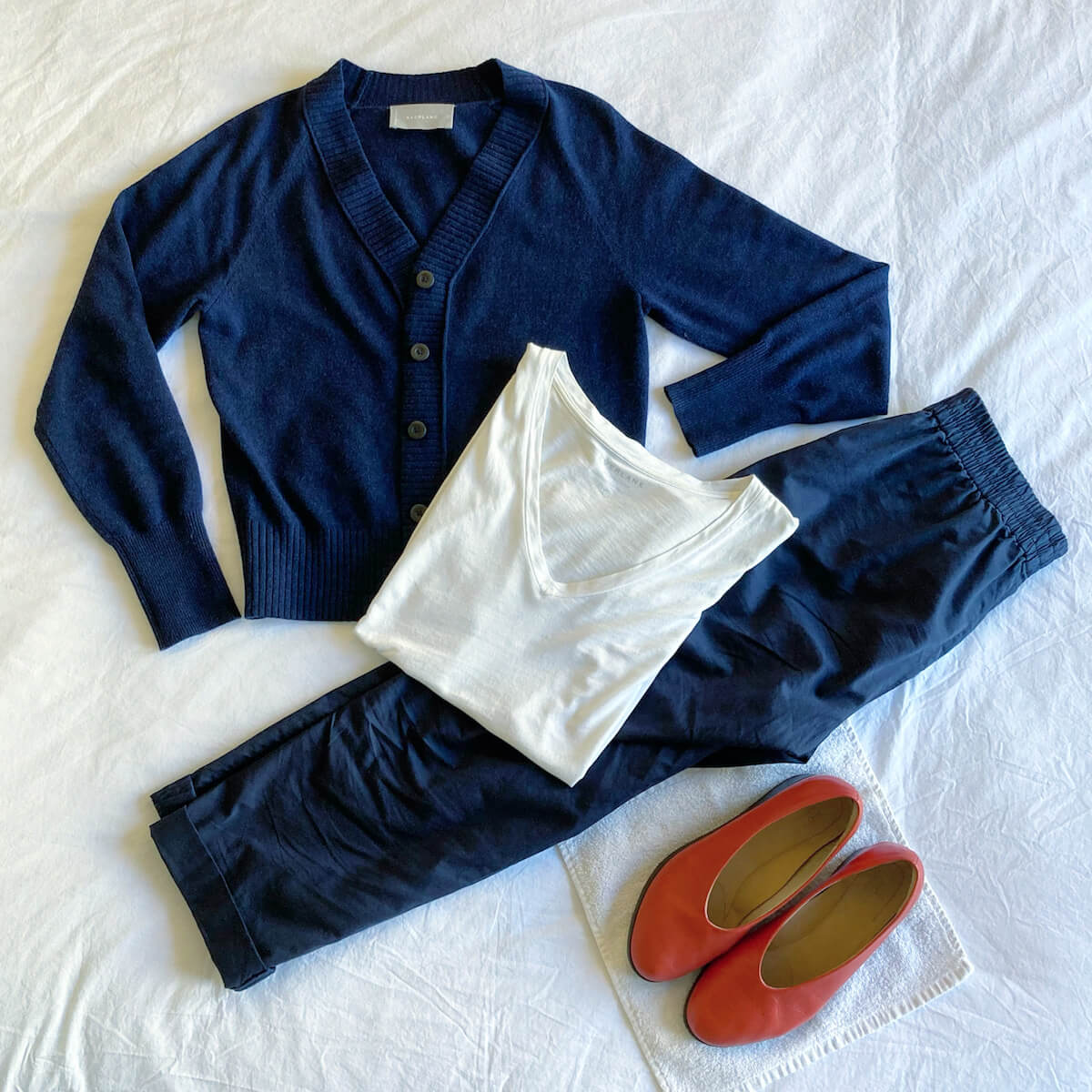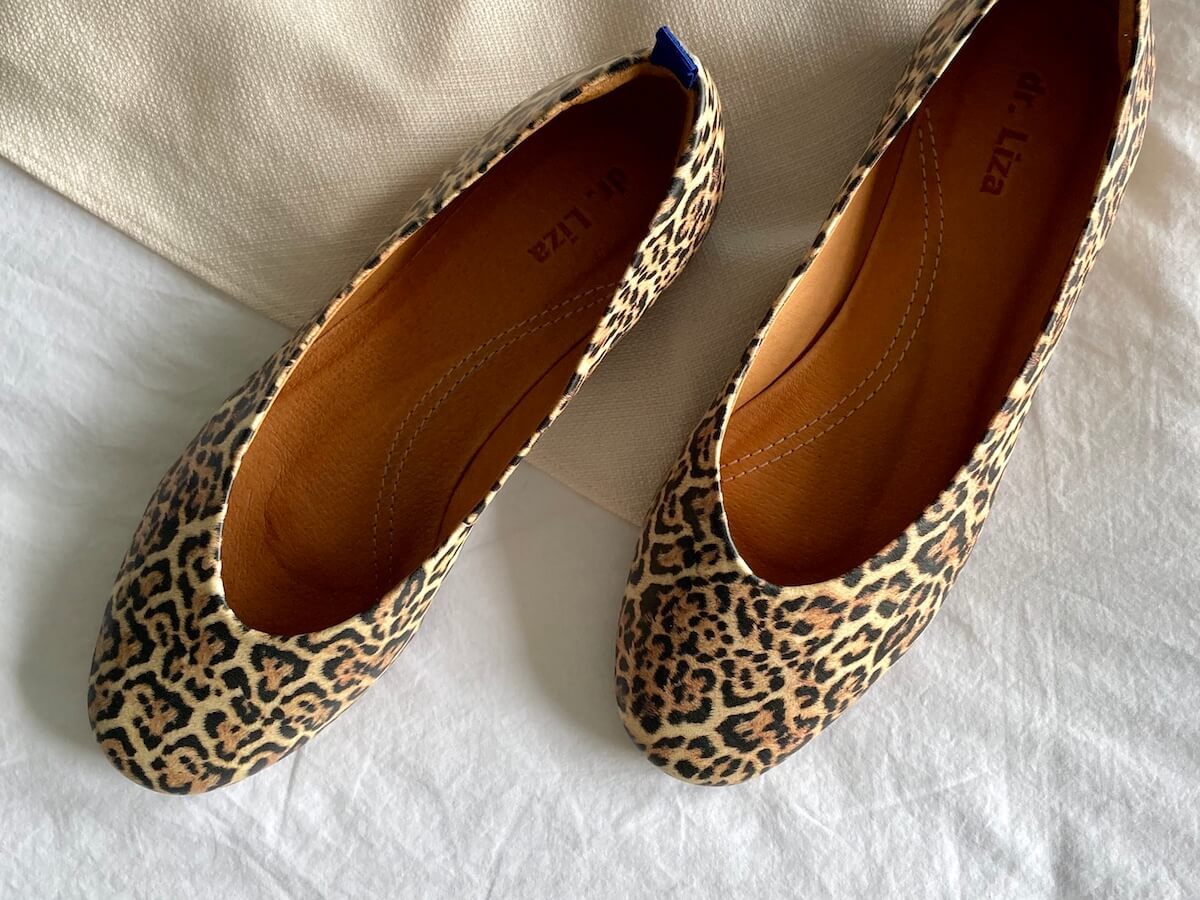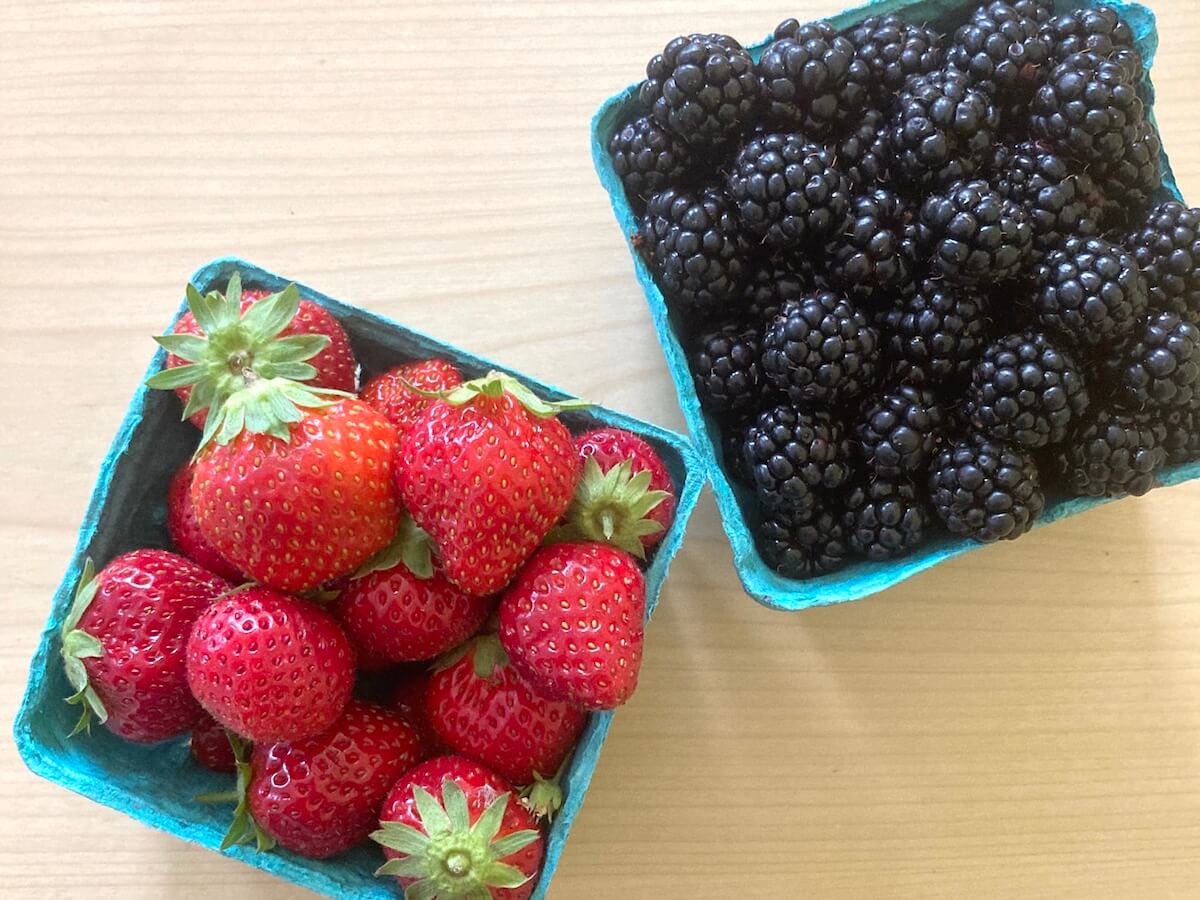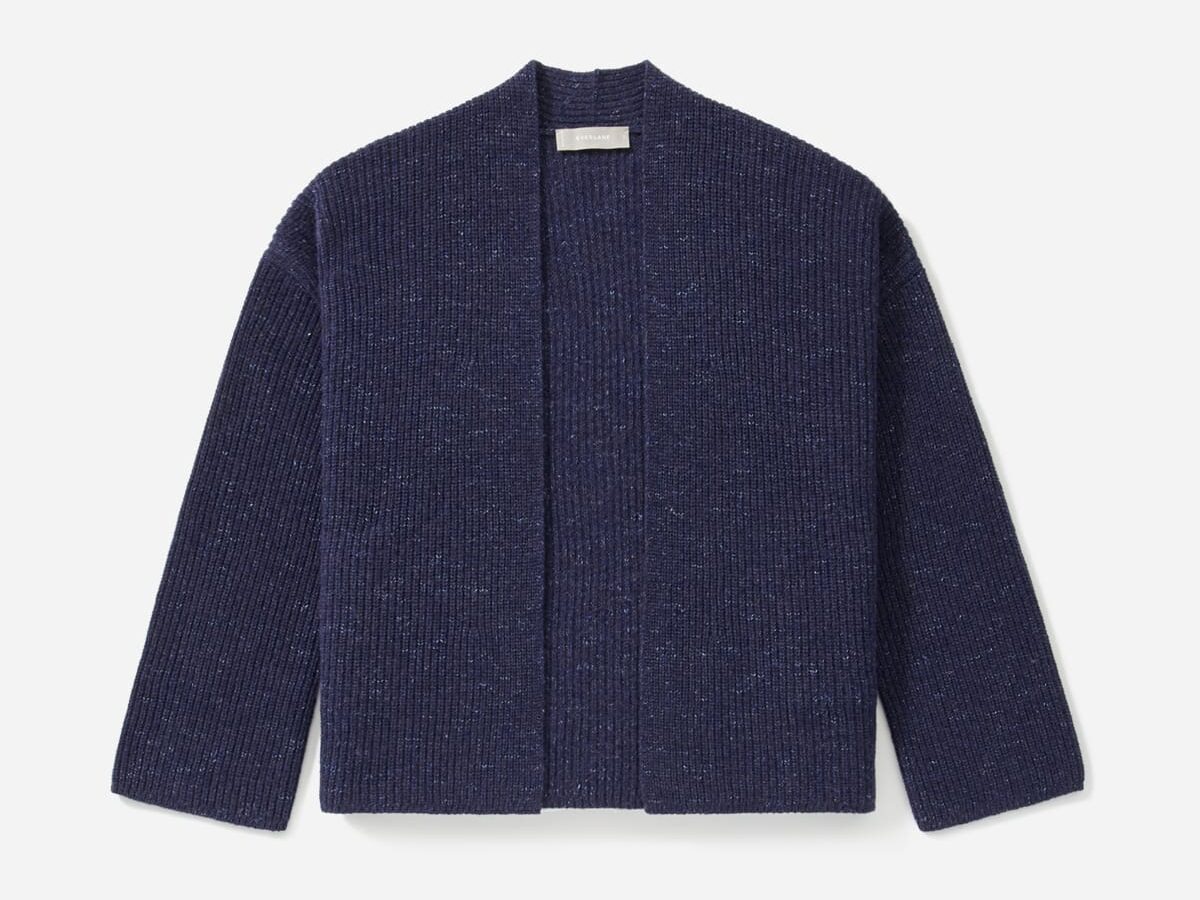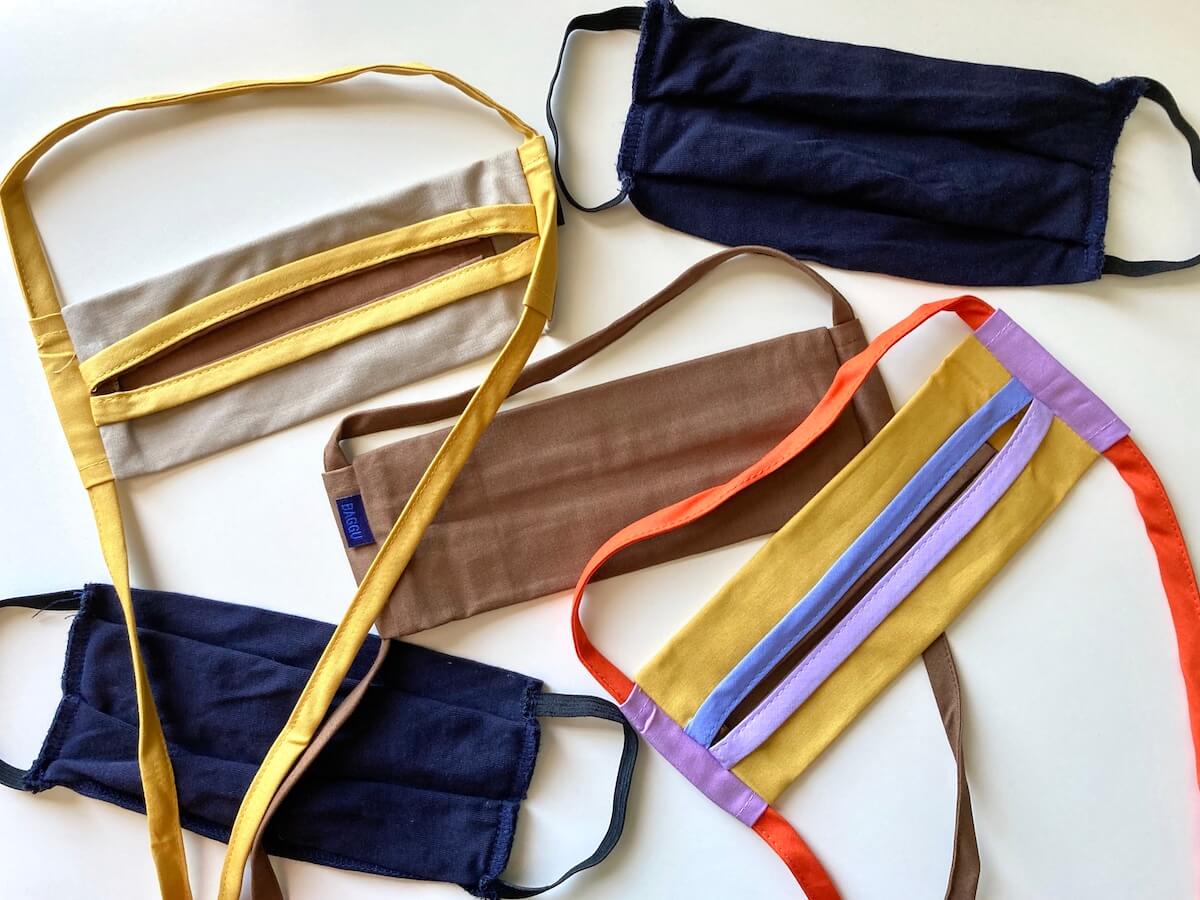New years greetings, everyone. It’s that time of year when I look back on my year of shopping. And by that, I mean clothes shopping. When it comes to other areas, I’m pretty good about not going overboard. But clothes, I fricking love clothes! In years past, I bought way too much. I started this blog partly as a way to hold myself accountable to reducing my clothing consumption, so here we are with my annual check-in. (May you find this navel-gazing interesting.)
In December 2019, I set a wardrobe shopping goal for 2020: Buy no more than 20 items — and make half of them secondhand. But 2020 was unexpected to say the least. The Covid-19 pandemic both helped and hurt my goal.
It helped because I spent the majority of the year at home where I couldn’t be tempted by retail displays. I left my apartment for exercise and to buy groceries and supplies, but not much else. Without passing by and popping into stores and boutiques, I didn’t think about shopping as much. True, other more weighty thoughts were on my mind in this year of sorrow. But there was a recreational aspect to shopping that dissipated once I wasn’t reminded of stores.
Of course, I happen upon things in the virtual space that tempt me too. (Damn you, Instagram. I bought these shoes because I learned about the brand from someone’s Instagram.) But in general, the impact of seeing something in person is usually stronger on me.
In a year of isolation with Zoom meetings and virtual hangouts, even the act of shopping underscored how important and irreplaceable in-person interactions are.
The pandemic hurt the second part of my goal — buying 50% secondhand because again, seeing things in person is key for me. Though I do shop secondhand online, many platforms like Poshmark don’t allow returns. I don’t want to create more work for myself by reselling something that doesn’t work out, so I tend to look for specific items or brands whose fit I’m familiar with. When it comes to browsing, I prefer brick-and-mortar consignment and thrift stores so that I can see the fit, material, and condition. But this year, I’ve only been inside a thrift store twice.
In a year of isolation with Zoom meetings and virtual hangouts, even the act of shopping underscored how important and irreplaceable in-person interactions are.
** some affiliate links below **
The Numbers
So, how did I do? I spent $1,075 on 18 clothing items this year, not including underwear, workout garments, or jewelry.) The dollar amount does not include $150 worth of clothing for nearly 3 items that a brand gifted to me, nor does it include $75 in store credit that I used. (The reason I don’t include jewelry is that I buy little of it, and they’re all inexpensive items. It’s not an area where I have a shopping problem. This year I bought 2 pairs of earrings from J. Crew with a coupon, which caused me a bit of consternation, as I mentioned in this diary post.)
Not only did I meet the first part of my goal, but I believe this is the fewest number of clothing items I’ve ever bought in a one-year period in the past decade. I’ve been steadily trending downward these last few years. In 2017, the first year of this blog, I bought 40 items. In 2018, it was 31 items. And in 2019, 24.
But, I didn’t meet my 50% secondhand goal. Only 3 items, or 16.6%, were secondhand, which is slightly better than last year’s percentage of 12.5%.
Here’s a breakdown of what I acquired by category:
Accessories – 1
Shoes – 3
Tops – 3
Sweaters – 4
Dresses/Jumpsuits – 1
Skirts – 1
Pants – 1
Sweats – 3
Outerwear – 1
Where did I shop? For the first time, the majority of my purchases, 83%, were from ethical brands or were secondhand. (If you still consider Everlane ethical, which, well, I have conflicted thoughts about that.)
Another indicator of how I’m doing is: Will I keep these items? Last year at this time, I already knew that 2 of my 24 purchases were duds. Looking back on my 2018 acquisitions, I didn’t keep 5 out of 31. In 2017, it was 10 out of 40. Of course, only time will tell, but so far only 1 item hasn’t work out, an Aritzia cocoon coat I found secondhand, which was too big. I turned around and sold it. I’m also on the fence about this Club Monaco cardigan, which met my aesthetic and fit requirements, but feels rougher than I expected. I’m leaning towards keeping it, though part of me thinks I should keep searching for the perfect lightweight cardigan.
Welcome Objects 2020 Wardrobe Count
Additions: 18
Subtractions: 14
Shopping Habits & Patterns

Clockwise, starting on the upper left: Italic cropped sweater, Everlane ReCashmere sweater [updated style] [review], Club Monaco summer cardigan, Everlane ReCashmere cardigan [review]
There was a spurt of shopping in the spring, but also many months where I didn’t buy anything. Like last year, I shopped the most towards the end of the year, buying 7 items in the last 3 months. My resolve generally wanes towards the end of the year in the face of sales. This year, there was also the additional factor of volunteering a lot for the election, and feeling that I deserved to treat myself.
That I bought the most in the category of sweaters is not surprising. Sweaters have been high on my list of things I could use more of for the past 2 years. With the addition of 2 warm sweaters and 2 cardigans, I now have 13 sweaters of varying warmth and thickness. This feels like a good number to me.
Tops was an opposite situation. I had plenty. At the beginning of the year, I did a wardrobe count (something I’ve never done before), and found that I owned 50 tops. This number surprised me. 20 of them are T-shirts or more casual tank tops. Still, that left 30 “nice” tops. I told myself I shouldn’t buy any more. Yet, I added 3: this Vetta shell (reviewed here), this Eileen Fisher silk/cotton boxy top that I just reviewed, and the Vetta Boyfriend Shirt. (These Vetta items accounted for my other secondhand purchases.)
What does it all mean in a pandemic year?
Though I already owned lots of tops, I told myself these new additions were all good buys as they seemed versatile. Being able to wear something with many other items in my closet is one way to judge the worthiness of a potential new wardrobe item.
In a pandemic year, versatility was not as important.
But also, in a pandemic year, versatility was not as important. It didn’t matter how versatile something was because I wore the same things day in, day out. Talk about outfit repeating! Honestly, there were only about 20 pieces of clothing in steady rotation.
I did put together outfits to share on Instagram and for my own enjoyment. Sometimes I destress by playing dressup. (You do this too, right?) The less practical items in my closet bring joy. But also, the pandemic really drove home the point that I could make do with less.
So, I think for 2021, I’m going to concentrate on whittling my wardrobe down even more. I hesitate to put a number to it such as: I must get rid of X number of things or I can have no more than X items in my wardrobe. I don’t know. I’m just not feeling it. Perhaps I hesitate to name specifics after the unexpected year that was 2020. But in general, I will strive to decrease the size of my wardrobe, and when I do shop for something, to look for secondhand first. I know this isn’t as satisfying as having a clear goal like 12 in ’21, but whatever.
How did this past year impact your shopping habits? Did you set goals for 2021?
